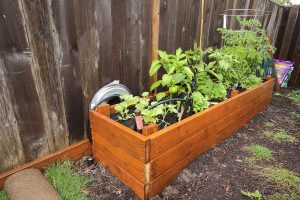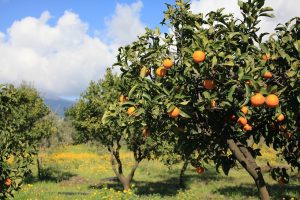Last Updated on August 6, 2023 by teamobn
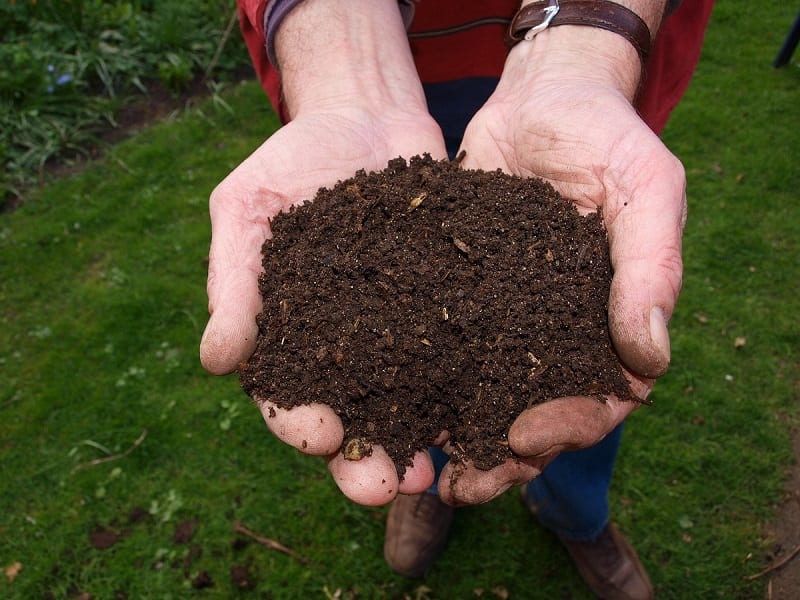
Many people think composting is difficult, time-consuming, and labor intensive. They dismiss making their own compost as needless tedium and buy or have some delivered to their homes, instead. That’s one way to go, sure, but making your own compost isn’t nearly as difficult – or as time-consuming – as many might think.
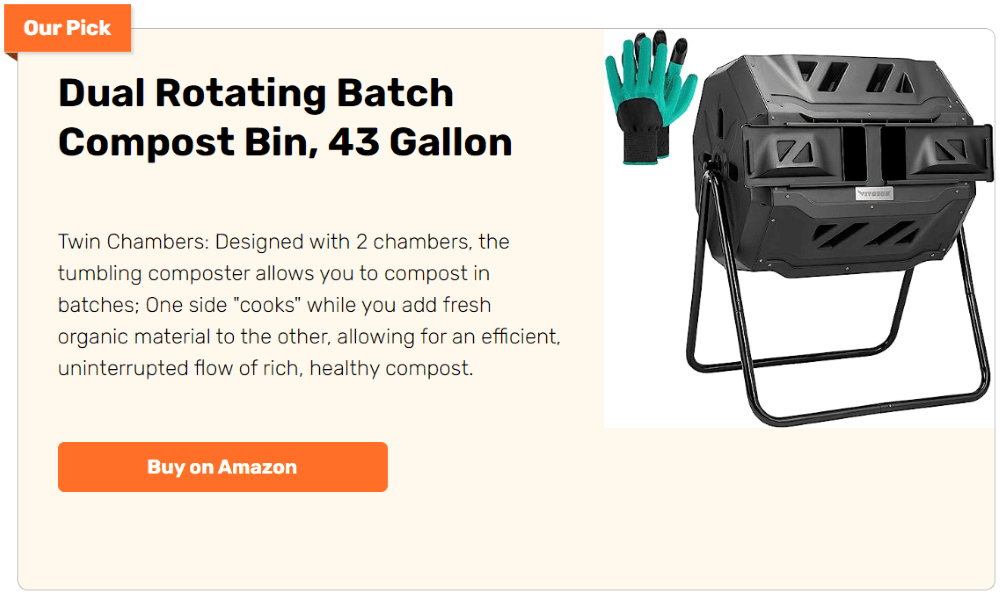
Believe it or not, the process can sometimes take as little as three months. Some work is involved, yes – but so does care for your garden. And one of the first things you learn about gardening is that some things are simply worth the effort.
Making Your Own Compost
Contents
In fact, making your own compost is actually easier than some seem to believe. True, you’ll need some equipment, but the most important components of compost are free. If you have a garden, then your home will undoubtedly have kitchen and garden scraps, weeds, some brown material, and water, after all.
Below are the basics of making good compost in your backyard.
Selecting a Container
The first thing you’ll need to consider is a container. Since you’ll be dealing with decomposing organic material, the structure doesn’t need to be fancy.
You can build your own bin or buy a stationary or rotating compost bin. Simply put, you just need a receptacle or enclosure to hold all of the ingredients together.

Organic Materials and Ratio
Composting is a science. The procedure and the work involved are all directed toward allowing nature to do what it does best. Basically, you want a moist pile of a little nitrogenous material (green) mixed with an abundance of carbonaceous material (brown).
Brown organic materials are usually dry and fluffy – like hay or straw, wood chips, leaves, and newspapers. Green materials contain more moisture. These include things like kitchen scraps, lawn clippings, weeds, kelp, manure, and such.
Now everything you throw into your compost bin will have a combination of both nitrogen and carbon. But you don’t need laboratory equipment to measure the right ratio. A good, simple way to arrive at the desired equilibrium is to use two buckets of loose green material for every bucket of packed brown material.
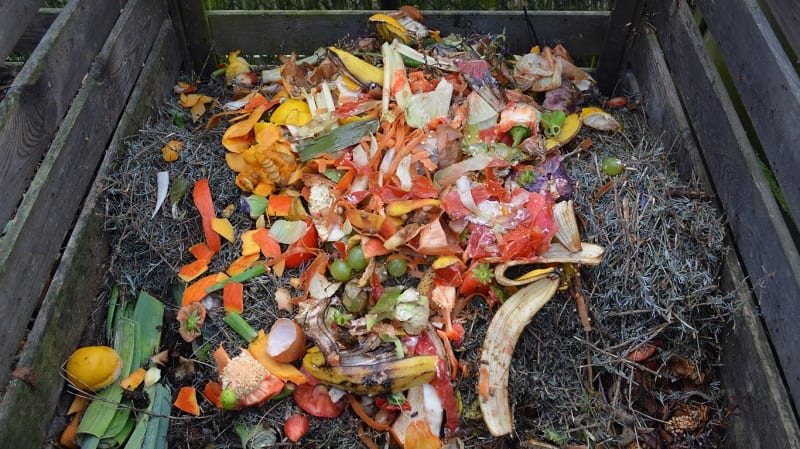
The Ratios Explained
Compost restores valuable nutrients to the soil to help maintain soil quality and fertility. The aged, decayed material is a mild, slow-release, natural fertilizer. The microorganisms and bacteria in your pile do the work for you, triggering chemical changes in the material.
The reason we want more carbon and a little less nitrogen in the heap is that carbon is what gives beneficial bacteria their energy. Nitrogen, on the other hand, gives them the proteins and other nutrients they need to thrive.
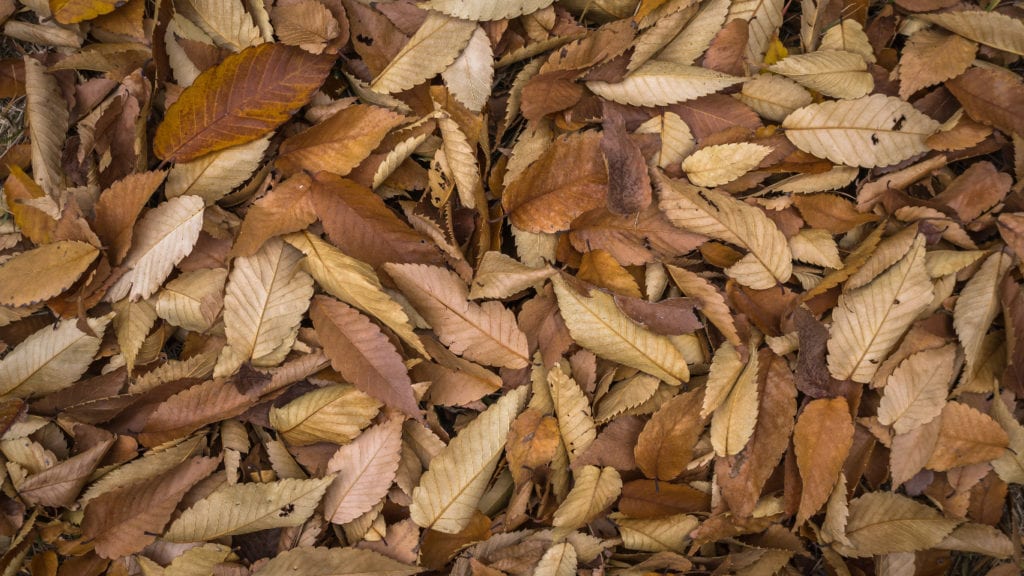
Maintaining Adequate Moisture and Oxygen
You want to make sure the pile is adequately moist at all times. Bacteria thrive in humid, warm environments. Rain will often suffice but in the dry months of mid-summer, you may have to water your compost.
Sometimes, enough green material will ensure that your pile contains the necessary moisture, but not always. Water is essential for all of life, including the worms, microorganisms, and bacteria in your compost pile.
These micro-organisms also need oxygen. That’s why turning your pile is an important step in composting.
Your compost pile will heat up as the organic material breaks down. Turning introduces air into the pile, encouraging further decomposition even as it controls odors.

Some experts recommend turning compost piles every 5 days or so. You don’t have to follow a strict schedule but you should do it regularly.
Your compost is ready to be applied to your garden beds once the heap feels and smells like rich, dark soil. You should not be able to recognize any of the materials originally mixed into the pile.
Once applied to garden beds, the compost enriches your soil as it continues to gradually break down.
Nature’s Best Mulch and Soil Amendment
Compost is one of nature’s best mulches and soil amendments. Most gardeners know the value of this rich, dark, crumbly gardening material. Composting, after all, is a part of the effort to ensure a healthy environment for both plants and people.
Understanding how to make and use compost is in the public interest. The problem of waste disposal continues to grow worldwide and we are all beginning to feel its consequences one way or another.
You don’t need a large amount of material to start your own compost heap. You don’t have to start your pile the way we just explained, either. Once you start composting, you’ll likely develop a system that works best for you.

